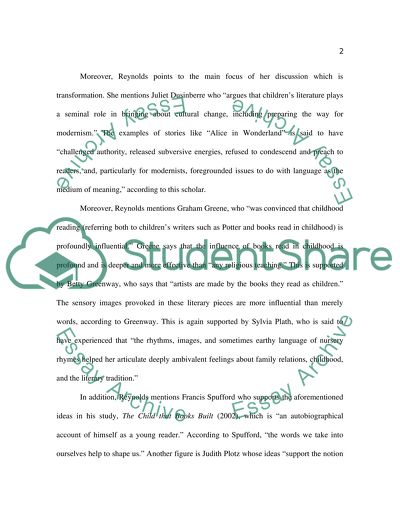Cite this document
(“Childrens Literature Book Report/Review Example | Topics and Well Written Essays - 3250 words”, n.d.)
Childrens Literature Book Report/Review Example | Topics and Well Written Essays - 3250 words. Retrieved from https://studentshare.org/literature/1517159-childrens-literature
Childrens Literature Book Report/Review Example | Topics and Well Written Essays - 3250 words. Retrieved from https://studentshare.org/literature/1517159-childrens-literature
(Childrens Literature Book Report/Review Example | Topics and Well Written Essays - 3250 Words)
Childrens Literature Book Report/Review Example | Topics and Well Written Essays - 3250 Words. https://studentshare.org/literature/1517159-childrens-literature.
Childrens Literature Book Report/Review Example | Topics and Well Written Essays - 3250 Words. https://studentshare.org/literature/1517159-childrens-literature.
“Childrens Literature Book Report/Review Example | Topics and Well Written Essays - 3250 Words”, n.d. https://studentshare.org/literature/1517159-childrens-literature.


